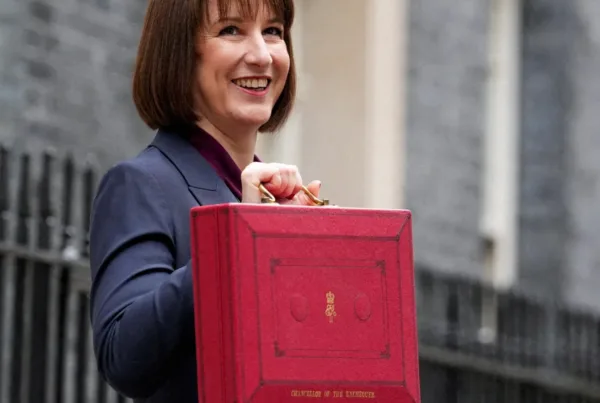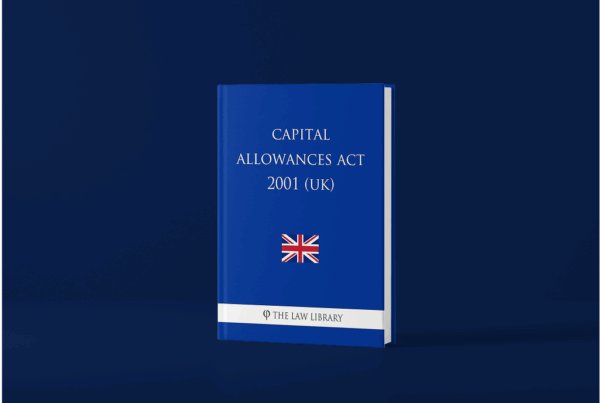LEGISLATION UPDATE: In May, we highlighted that the UK Government was considering potential Capital Allowance reforms.
During the May 23rd statement, the Chancellor highlighted that capital investment by UK businesses lags behind the OECD average and is a key driver of our lower productivity compared to France and Germany. This, coupled with the expiry of the temporary super-deduction (which allows companies to deduct 130% of their qualifying capital expenditure) on March 31, 2023, has led the government to consider how Capital Allowance reforms could best support business investment and make the UK a competitive place to invest.
The proposed reforms were surprisingly short compared to most government statements, with the main content amounting to some high-level changes that involved increasing the rate and allowances. Due to this lack of detail the statement has received little fanfare to date.
However, it does have the potential to start a wide-ranging conversation about how the UK incentivises capital expenditure. In the recent weeks, with industry bodies and businesses providing additional commentary, further details have been released with five specific reforms currently being under discussion.
These include:
- Increasing the permanent level of the annual investment allowance (AIA) to £500,000
- Increasing the main rate and special rate writing down allowances (WDAs) from 18% and 6% to 20% and 8% respectively.
- Introducing general first year allowances (FYAs) of 40% for main rate expenditure and 13% for special rate expenditure.
- Introducing an additional FYA of 20%, whilst still allowing 100% of qualifying expenditure to be pooled.
- Allowing full expensing of qualifying main rate plant and machinery in the year expenditure is incurred, with a 50% FYA for special rate assets.
These Capital Allowance reforms span from straightforward (such raising the AIA or WDA rates) to more radical reform resulting in immediate tax relief available on special rate assets.
The timing disparities resulting from an increase in writing down allowances rates or general first year allowances, for instance, could offer a bigger investment incentive than full expensing or an additional first year allowances, but they would be far more complicated and potentially subject to abuse.
It is unlikely that a “one size fits all” solution can be found given the diversity of the business community seeking capital allowances, which ranges from the smallest sole trader to the largest multinational. For this reason, HMA Tax are pleased that we can continue to offer our clients support through assisting investment decisions ongoing.
As the UK’s leading Capital Allowances specialist, we will always welcome additional mechanisms for our clients to claim tax relief, freeing up capital to reinvest into their commercial assets.




